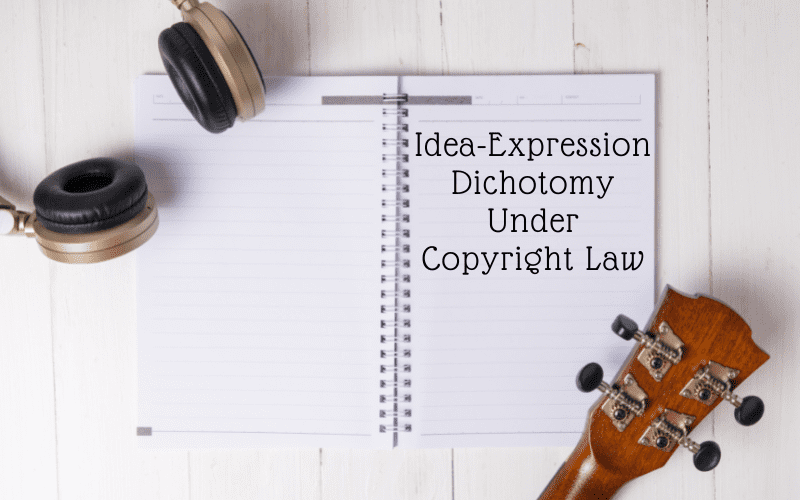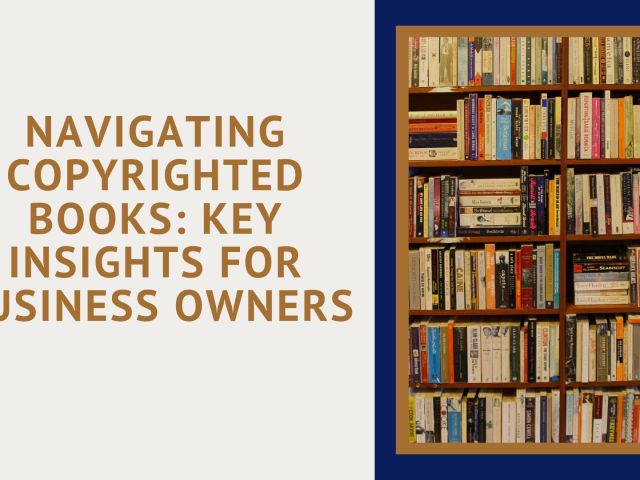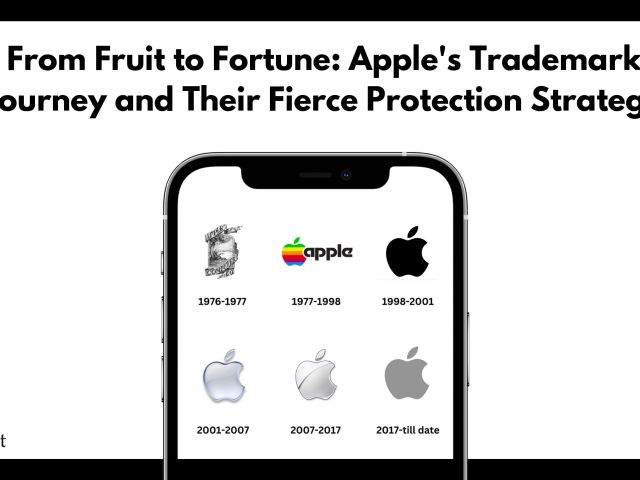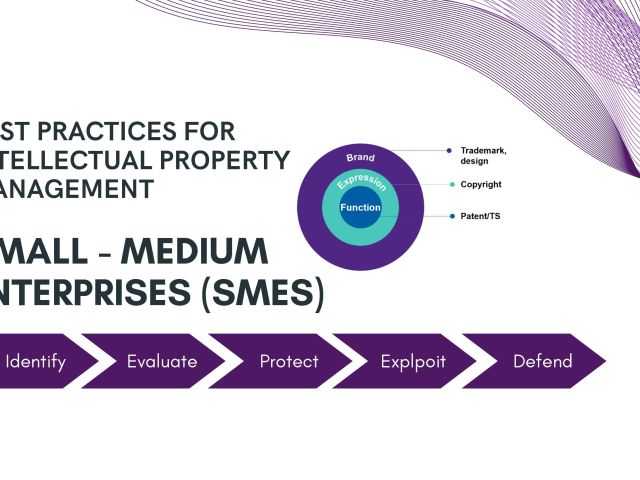The Indian Copyright Act, by virtue of Section 13, grants protection to the following works:
1. Original literary, dramatic, musical, and artistic works.
2. Cinematographic films.
3. Sound recording
However, the question that arises here is, by granting copyright, what exactly is being protected?
Copyright is protected in Form and not in Idea
Copyright is a right given to or derived from works, and it is not a right in novelty only of ideas. Copyright essentially protects the works of an author or creator and prevents others from copying such original work. It does not, however, bar others from coming to the same result through an independent process.
There exists no copyright in ideas. Copyright subsists only in the material form to which the ideas are translated. Two authors may have the same idea for a book. However, how they express themselves, i.e., how they put down their idea in a tangible form, makes a difference. It is the form in which a particular idea is translated, and that is protected.
The primary reason for granting protection to expressions and not ideas is to protect the free flow of ideas. Ideas are too valuable to be copyrighted. The copyrighting of ideas would eventually bring creativity and innovation to a standstill. This is why the freedom to copy ideas is central to the structure of copyright law.
How does one distinguish between an Idea and an Expression?
The idea-expression dichotomy poses a major challenge in distinguishing between the two. The absence of a statutory provision necessitates reliance on several case laws that attempt to distinguish the two clearly.
An important case in this regard is that of RG Anand v. Deluxe Films. The plaintiff was the author of a play called Hum Hindustani. In 1954, the defendant Mohan Sehgal sent a letter to the plaintiff expressing his desire to make a movie based on the play. The plaintiff and the defendant met and discussed the entire play. The defendant did not commit anything, but the plaintiff later came to know that the defendant released a movie titled New Delhi. After watching the movie, the plaintiff believed that it was based on the story of his play. So he filed a suit against the defendant for permanent injunction and damages. Both the District Court and the High Court ruled against the plaintiff on a finding of the facts. The case finally reached the Supreme Court of India.
The Supreme Court held that the movie could not be considered an infringement of the play’s script. The reason it gave was that though the idea behind both the stories was the same, the manner in which both had been expressed was vastly different from each other. Therefore it cannot be held to be copyright infringement.
More recently, in the case of Mansoob Haider v. Yashraj Films, the Bombay High Court reiterated the fact that ideas are not copyrightable. The residue left behind after filtering out dissimilarities is the idea that is not copyrightable, and the similarity of ideas does not lead to copyright infringement.
Where does the problem arise?
Not all ideas can be expressed creatively. Often, there are ideas that can be expressed in only a particular way. In such a case, copyrighting the expression would amount to the copyrighting of the idea that would, in turn, stall the free flow of ideas.
In every such case where the expression is necessary to effectively communicate an idea, courts apply the Merger Doctrine to find that no copyright subsists. The Merger Doctrine primarily seeks to address the point where ideas and expressions converge.
An important case in this regard is that of Morrisey v. Proctor & Gamble Co. This case primarily dealt with a competition/contest and whether its rules are subject to copyright. The court held that the idea of the contest is merged with the rules. Copyrighting the rules would amount to copyrighting the idea of the contest; therefore, the rules are not a subject matter of copyright.
Likewise, in the case of Joshua Et-Hokin v. Skyy Spirits Inc, the question arose about some photographs of the iconic blue bottle of Skyy Spirits. The Court held that since there are only a few ways in which a bottle can be photographed, the pictures cannot seek copyright protection.
Cases in the present have been decided on the basis of the above cases. However, one fails to realize that this undermines the effort invested by the author or the creator. For example, consider the photographs of the bottle. It is obvious that no two photographs of the bottle clicked by two different photographers can be the same. Even the variation in a slight angle can cause a huge difference. In such cases, the idea-expression dichotomy proffers no solution and is, therefore, at times, inadequate.
Wait!! Do you wish to learn more about copyright-related articles, read the below posts:
Copyright Registration Procedure in India
Difference between Trademarks, Copyrights, and Patents
Cost For Registering a Copyright in India
Moral Rights Under Copyright Law
Compulsory Licensing of Copyright in India
Understanding The Copyright Law in India




